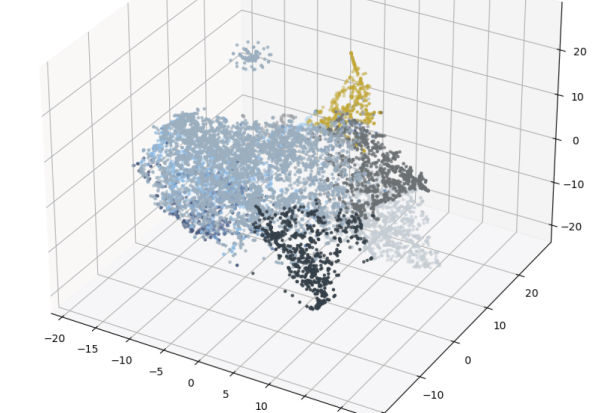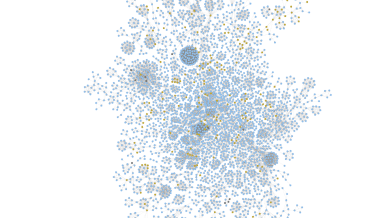Before 1948

Warmth. As David’s body began to shut down from exposure he was likely hallucinating of a familiar place feeling a sense of warmth and comfort, or so we believe. Instead, he was fading under a rock ledge beneath the top of the world. It was estimated that nearly 40 climbers passed by David Sharp on May 14th, 2006 as they made their way to the summit of Mount Everest. Many tried to help him, but his condition was dire. At that height everyone knew the risks and had to carry on unless they wanted to end up in David’s position. Later, some climbers expressed confusion when asked about David. Death is so prevalent in this world that they mistook him for a famous body known as “green boots” , the corpse of an Indian climber who has been there since 1996 and which is now a grim milestone on the way to the peak. Those that consciously left David, did so to ensure the survival of their team. His condition was so bad that he could not possibly be saved. Teams that came upon him had to consider their own survival over the aid of this man, who in their mind was already dead. David’s death sparked immense controversy, but little has changed on the frozen peaks of the Himalayas. Death, injury, are all too real for those who attempt to summit (David Sharp and Everest Controversy on Mountainzone.Com, n.d.).







